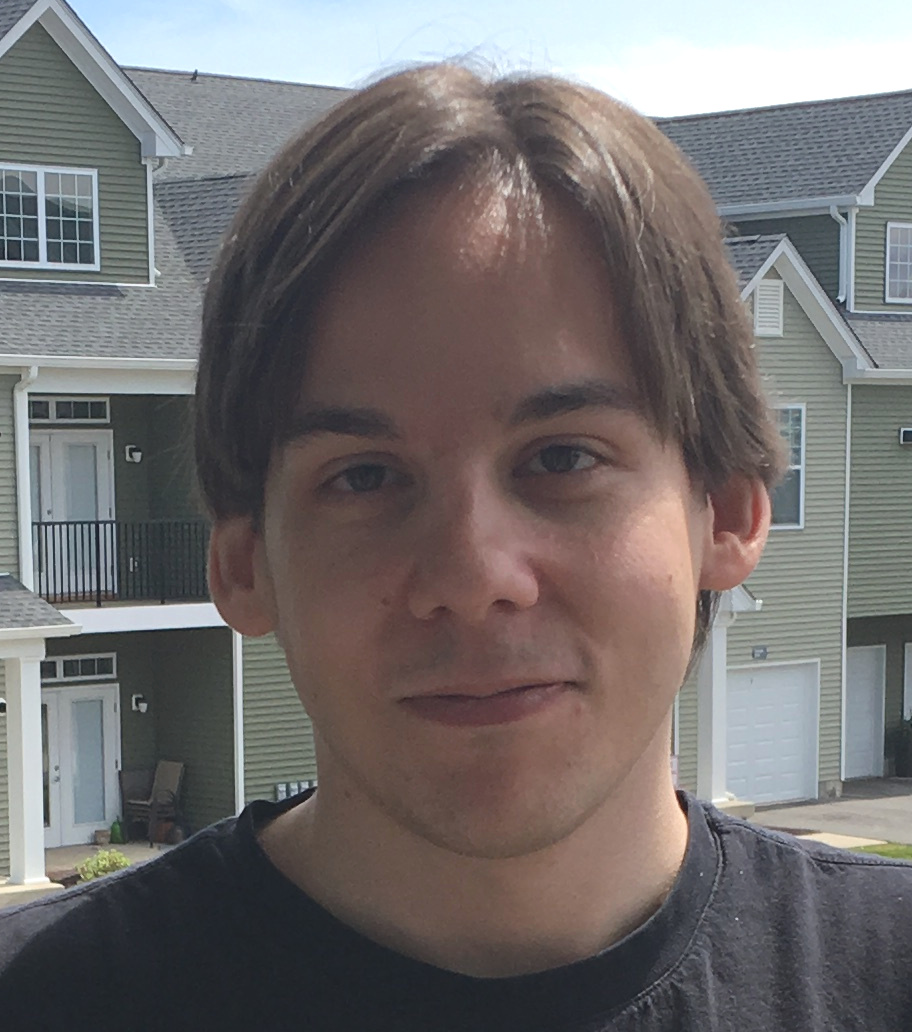Given the rapid rise of large language models, will symbolic linguistics be left in the dust, or is this actually an opportunity for meaningful synergy between symbolic and subsymbolic approaches? This question is addressed in "Linguistics and Symbolic Computation in a World of Large Language Models", a talk by Thomas Graf of Stony Brook University. The talk is part of OFAI's 2023 Fall Lecture Series.
Members of the public are cordially invited to attend the talk via Zoom on Wednesday, 20 December 2023 at 18:30 CET (UTC+1):
URL: https://us06web.zoom.us/j/84282442460?pwd=NHVhQnJXOVdZTWtNcWNRQllaQWFnQT09
Meeting ID: 842 8244 2460
Passcode: 678868
You can add this event to your calendar.
Talk abstract: Language has always played a central role in artificial intelligence, yet AI researchers and linguists have rarely seen eye to eye on things, in particular the status of subsymbolic/neural approaches to language. After decades of debates, it looks like the subsymbolic approaches have finally emerged victorious. Not only are large language models (LLMs) succeeding in incredibly complex real-world tasks, subsymbolic models are also rapidly gaining traction in some areas of theoretical linguistics, e.g. lexical semantics. This raises the question: will symbolic linguistics be left in the dust, or is this actually an opportunity for meaningful synergy between symbolic and subsymbolic approaches?
In this talk, I argue for the latter by presenting “subregular syntax” as a concrete example of what such a synergy may look like. Subregular syntax is a symbolic approach that combines formal language theory with the Minimalist syntax framework proposed by Noam Chomsky, which grants it a large degree of empirical coverage across a wide range of typologically diverse languages. Despite that broad coverage, subregular syntax is a very simple formalism that analyzes all syntactic dependencies in terms of relativized adjacency conditions. Even though these conditions are stated over trees, they can actually be reduced to a very specific types of n-grams over strings. This opens up a new way of representing sentence structure in neural networks while bringing robust learning algorithms like stochastic gradient descent to Minimalist syntax. It also casts doubt on claims in the literature that the behavior of neural networks in specific linguistic tasks, e.g. binding or NPI-licensing, shows that they use tree structure. Instead, these findings may be indicative of a network’s ability to use fairly elaborate types of n-grams. The careful study of the symbolic approach of subregular syntax thus is an opportunity to deepen our understanding of neural networks while also harnessing their advantages for theoretical linguistics.
Speaker biography: Thomas Graf is Associate Professor of Computational Linguistics in the Department of Linguistics at Stony Brook University. He also holds an affiliate appointment in Stony Brook’s Institute for Advanced Computational Science. Before joining Stony Brook, he studied linguistics at the University of Vienna and received his PhD from UCLA in 2013. His research operates at the intersection of theoretical linguistics, computational linguistics, and cognitive science, with a particular focus on syntax (sentence structure). He is the recipient of the 2014 E.W. Beth Dissertation Prize for outstanding PhD theses in logic, language, and information, and in 2019 he received an NSF CAREER award for his research on subregular syntax. He is the creator of the blog Outdex, which covers computational and theoretical linguistics, and he loves to introduce high school students to the wonders of computational linguistics during Stony Brook’s Mathematics Summer Program.
